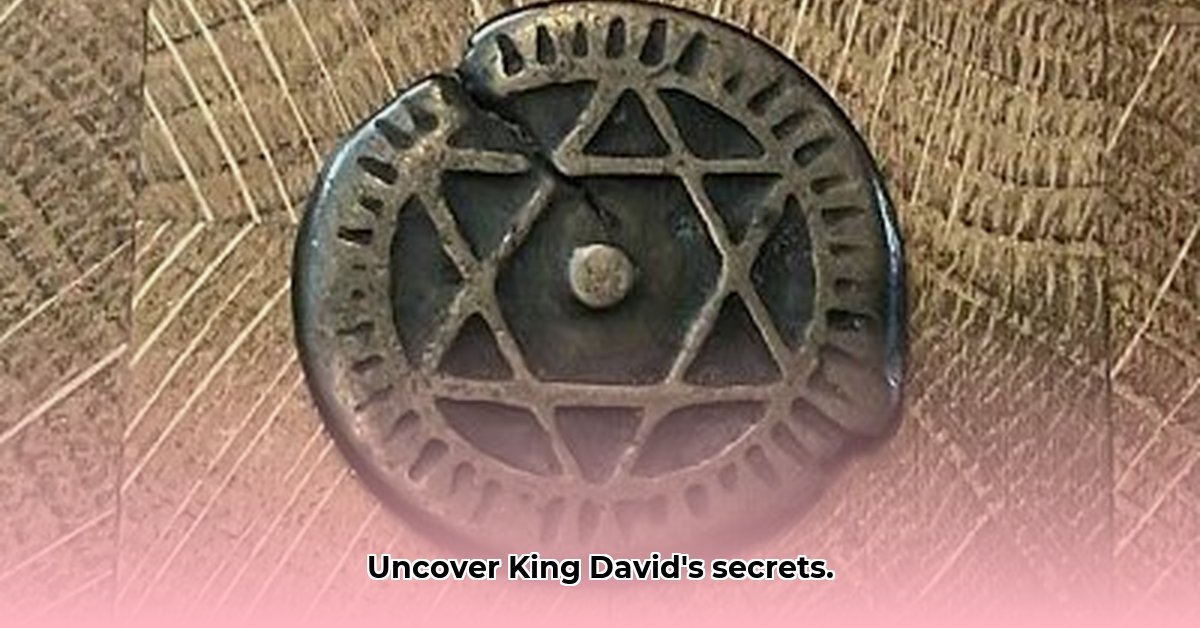
Coin David: Connecting the Dots Across Time
This article explores the fascinating intersection of art history and archaeology by comparing the legacy of Colin David, a renowned 20th-century Pakistani artist, with the archaeological evidence for the existence of King David, the legendary figure from the Hebrew Bible. While seemingly disparate, a recently discovered ancient coin provides a surprising link, prompting a comparative analysis of how we verify historical narratives through vastly different forms of evidence.
Colin David: A Master's Brushstrokes
Colin David (1938-2005) was a highly influential figure in Pakistani art. His distinctive figurative style, particularly his powerful depictions of the female nude, garnered widespread recognition, earning him prestigious awards such as the Quaid-e-Azam Award and the Pride of Performance Award. His works are prominently displayed in major galleries across Pakistan and Jordan, leaving a tangible and well-documented legacy. His artistic journey, marked by its unique style and the socio-political challenges he faced, is firmly established in art history.
King David: A Coin's Whisper Across Millennia
The historical existence of King David (c. 1000 BCE), a pivotal figure in Jewish history, has long been debated. While biblical accounts narrate his reign, archaeological evidence remained sparse until recently. The discovery of a 10th-century BCE coin presents a significant development, offering concrete physical proof potentially linking to this era. This artifact provides a crucial piece within a broader archaeological puzzle which has been assembled through the painstaking work of uncovering fragments from ancient settlements, piecing together inscriptions, and interpreting the surviving textual accounts.
Comparing Apples and…Ancient Coins?
Comparing Colin David’s artistic legacy with the historical evidence for King David presents a unique challenge. While Colin David’s existence is undeniably documented through his artwork, awards, and gallery records, King David's story has been pieced together using different and more fragmented forms of evidence. The recent discovery of the coin, however, changes this comparison, providing a tangible link with the past potentially supporting historical accounts and opening up a new avenue for comparison.
What the Evidence Tells (and Doesn't Tell) Us
The following table summarizes the strengths and weaknesses intrinsic to verifying the narratives of both figures.
| Feature | Colin David | King David (Archaeological Evidence) |
|---|---|---|
| Primary Evidence | Paintings, awards, gallery records, critical reviews | Archaeological finds (including the coin), settlements, supporting texts |
| Strengths of Evidence | Tangible artworks, wide recognition, established documentation, expert opinions | Physical artifacts, corroboration of biblical accounts, contextual understanding |
| Weaknesses of Evidence | Potential for bias in art historical interpretations, incomplete documentation | Incomplete archaeological record, challenges in dating and interpreting artifacts |
| Method of Verification | Art historical analysis, gallery provenance, expert consensus | Archaeological excavation, carbon dating, textual analysis, contextual interpretation |
This highlights the differing methodologies and the nature of the evidence used to establish their respective narratives. Colin David’s legacy rests upon easily accessible tangible evidence, while King David's legacy is built upon a more complex process of interpretation and contextualization.
The Ongoing Search for Answers
Further research is crucial for solidifying our understanding of both figures. For Colin David, a comprehensive catalog of his works and more retrospective exhibitions are necessary to fully appreciate his artistic impact. For King David, continued archaeological excavations, refined dating techniques, and in-depth analysis of the newly discovered coin, alongside other artifacts, will further enrich our understanding of his historical context. Careful consideration of potential biases in interpreting both artistic and archaeological evidence is also crucial. The journey to uncover historical truths from such different sources presents ongoing challenges and requires a holistic approach.
How did Colin David's artistic style influence subsequent Pakistani artists?
The impact of Colin David's artistic style on subsequent Pakistani artists is a complex topic demanding further research. While his skill and distinctive style are undeniable, precisely quantifying the extent of his influence requires careful examination of his work within its socio-political context and comparison with the work of subsequent generations of Pakistani artists.
David’s Enduring Legacy: A Multifaceted Influence
David’s masterful technique, honed through training at the University of Punjab and the Slade School of Art and his dedication to figurative art, exerted a powerful influence. His persistent commitment to his style even amid censorship under Zia ul-Haq suggests a powerful example of resilience to younger artists.
However, determining a precise measure of his influence is difficult. Future research should explore various avenues, including a deep dive into the works of artists who emerged after David's time, comparing their styles and techniques to his own, and considering how his resilience amongst censorship may have influenced subsequent generations of Pakistani artists. A comparative analysis of artistic trends during this period, contrasting those who followed similar styles as David's and those who diverged, is crucial in assessing his legacy.
Preservation, Accessibility and Future Research
The accessibility of David's work is vital. A comprehensive digital archive of his work would ensure its preservation and would facilitate research into its impact on later artists significantly. This would involve rigorous documentation of his life, career, and influence on subsequent Pakistani art. A large-scale retrospective exhibition would also greatly benefit researchers and the public alike. Only through such comprehensive efforts can we fully understand Colin David's contribution to the evolution of Pakistani art.